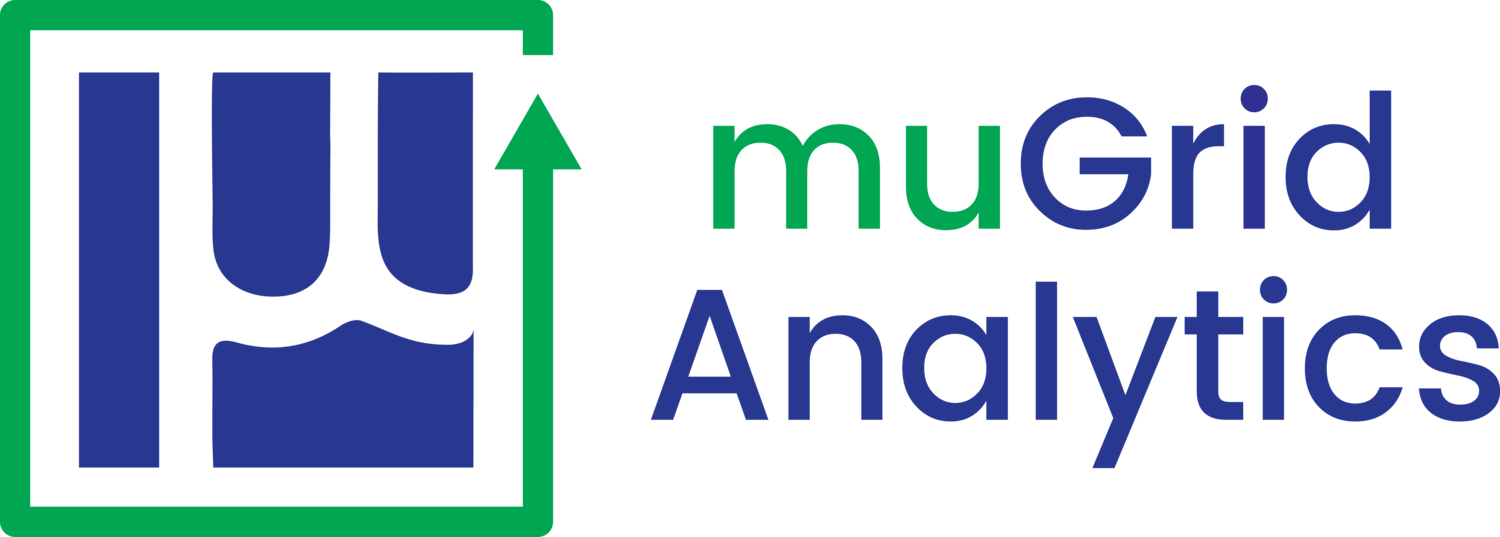Redcloud Planning
Redcloud Planning is an energy optimization platform and proprietary muGrid Analytics in-house modeling system that helps project owners determine the optimal mix and dispatching of new and existing energy projects to achieve clean energy and resilience goals, at the lowest life cycle cost.
Redcloud Real-Time was specifically designed to optimize the sizing and dispatching of microgrid components, including solar, energy storage, and other distributed energy resources.
The Redcloud model is unique in that it is the only mathematical optimization-based microgrid modeling platform that is capable of optimizing energy storage sizing and dispatching across multiple stacked revenue streams, including peak shaving, grid energy arbitrage, demand response, frequency regulation, and time-shifting of solar for increased self-consumption.
This allows muGrid engineers using Redcloud Planning to find economically optimal microgrid opportunities, which other models miss.
No one performs analyses like we do.
We help you answer questions like:
What should we do?
Where should we do it?
How much are we going to save?
Optimized Dispatch Strategy
Redcloud is also unique in that it is based on mathematical optimization, rather than pre-programmed algorithmic dispatch routines. This allows it to change the dispatch strategy during every time period of the analysis so that it is always serving the most lucrative application at the moment and thus deriving the most revenue to the operator.
Breaking this down, it means the model can decide to use the batteries for frequency regulation in the morning, demand response in the early afternoon, and peak shaving in the evening. Or, it might use an entirely different dispatch strategy tomorrow. In fact, each month, day, and even hour can have its own dispatch strategy, something that is simply not possible with algorithmic approaches.
Mathematical optimization also allows Redcloud to optimize around the most complex utility rate tariffs including those with multiple time-of-use demand periods, lookback ratchets, energy tiers, and other exotic structures. Algorithmic approaches simply cannot deal with these level of complexity and instead make gross simplifying assumptions to make the problem tractable. In short, mathematical optimization allows Redcloud to quickly solve for hundreds of thousands of decision-variables including the optimal size and configuration of each technology, the demand targets for each period and month, and the time-series dispatch for each technology.
Redcloud can optimize for increased resiliency, utility cost savings, or both
Redcloud can also optimize around the value of resiliency in addition to utility bill savings and market participation. For sites with a resiliency requirement, Redcloud can ensure that the batteries and other distributed energy resources are sized and dispatched such that they are always able to maintain a critical load for a specified number of hours.
Or, for sites that can establish a monetary value for each hour of resiliency, Redcloud can optimize across resiliency, utility bill savings, and market participation simultaneously, using stochastic optimization techniques.
Redcloud can be used to optimize the entire energy usage for a site, including electricity and thermal fuels, simultaneously. This makes it particularly well suited for CHP systems.
Microgrid analysis with Redcloud by muGrid Analytics
A typical Redcloud microgrid analysis begins with a significant data collection effort. This includes obtaining the interval load profile for the site, prevailing utility rate tariff, space available for distributed energy resources, and resiliency requirements for the critical loads to be maintained. This data is combined with economic parameters such as projections regarding the future cost of energy, capital costs, available incentives, and tax benefits. With the data in hand, the model can then be used to determine the combination of technologies, including their optimal sizing and dispatching, that meets the requirements of the site at minimum life cycle cost. Other economic parameters such as the IRR, simple payback, capital invested, etc. can also be determined.
Visualizing the results of a Redcloud analysis shows the optimal interaction between solar, storage, and the utility grid. Or any other combination of renewable or conventional energy assets.
Optimized dispatch for a solar plus storage system during a typical summer day
Close up of the interaction between the solar array and the battery energy storage
Redcloud can be used to optimize distributed energy resources of a single building, a campus, or an entire community. As an in-house modeling platform, we can easily modify the source code and add specific capabilities to address the needs of the project. This can include modeling a novel technology or adding a unique rate tariff to insure that the model is aware of exactly how the site is charged for their electricity consumption.






